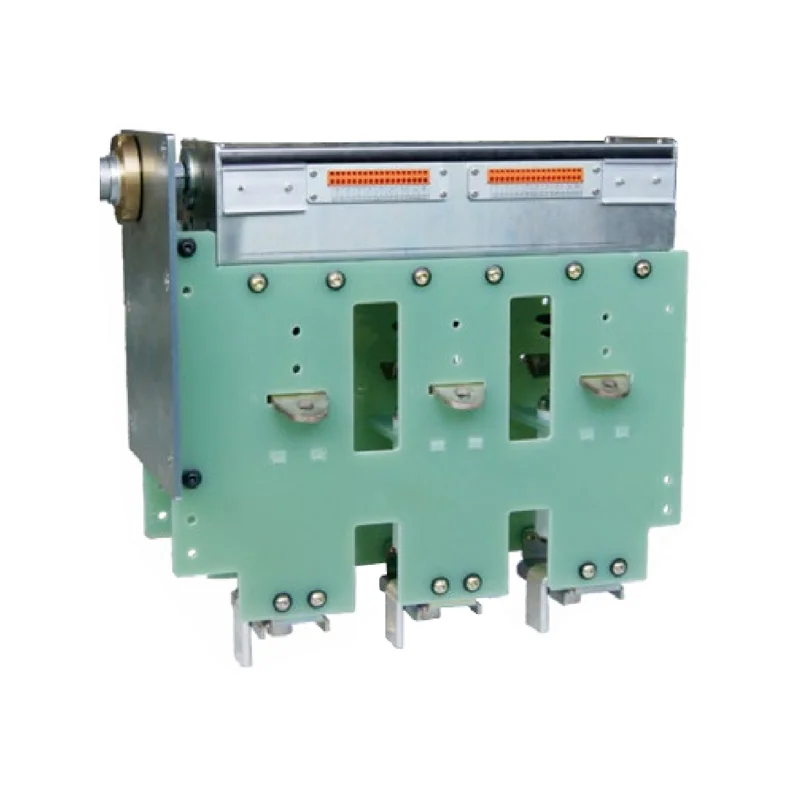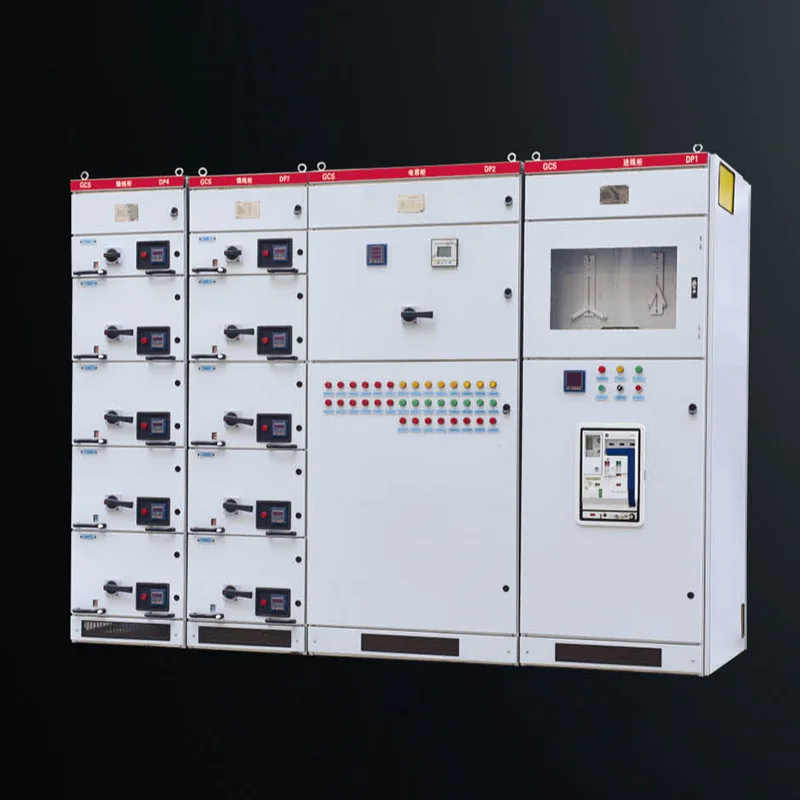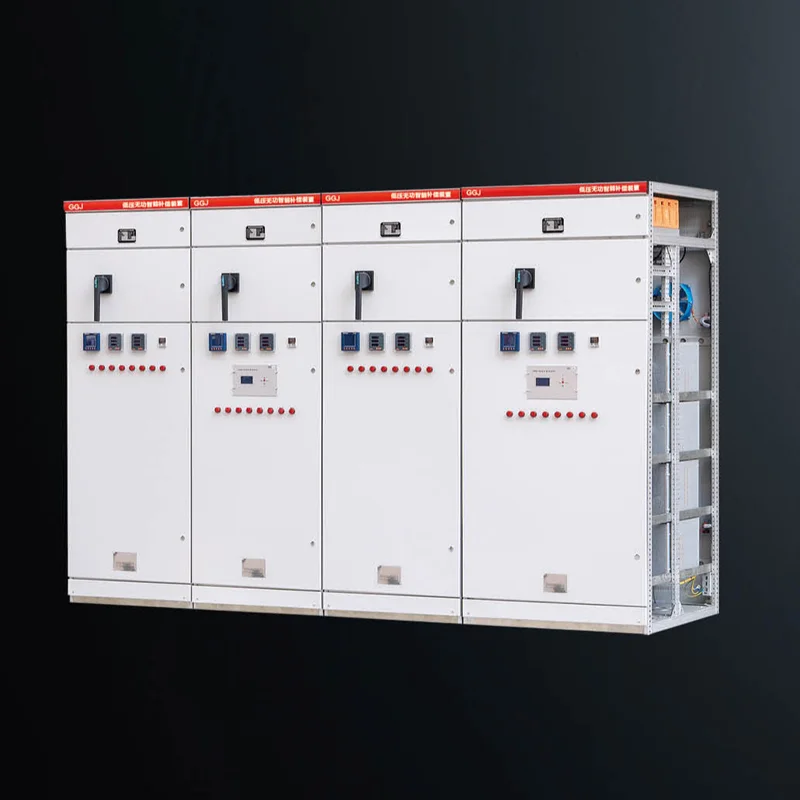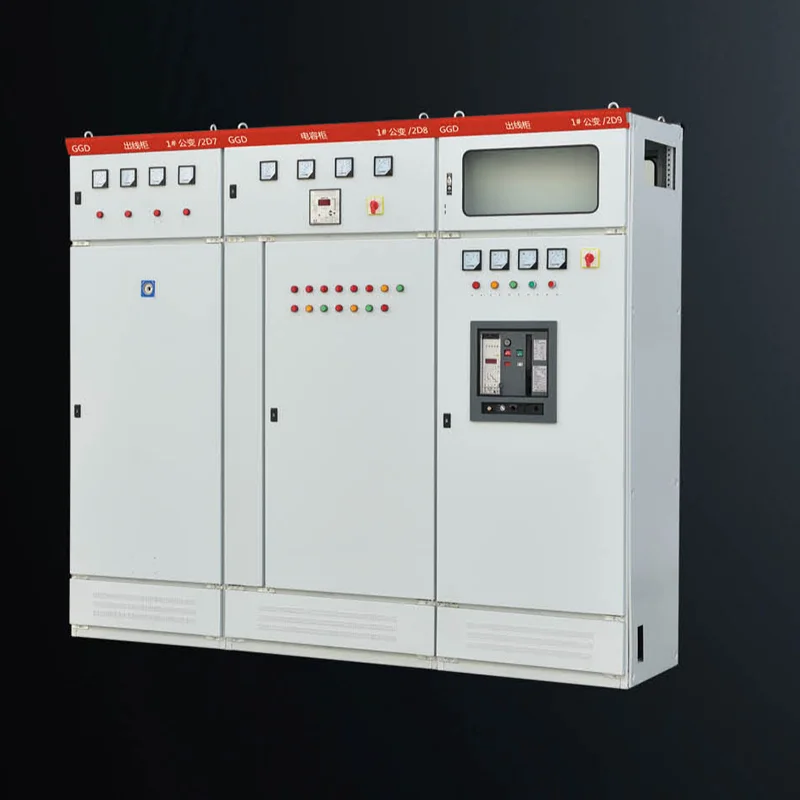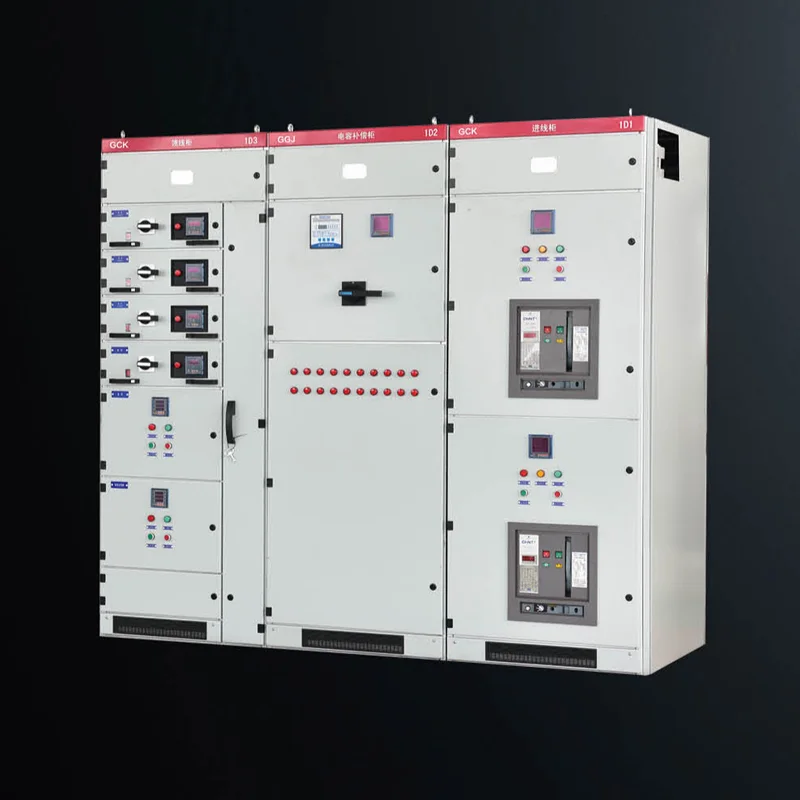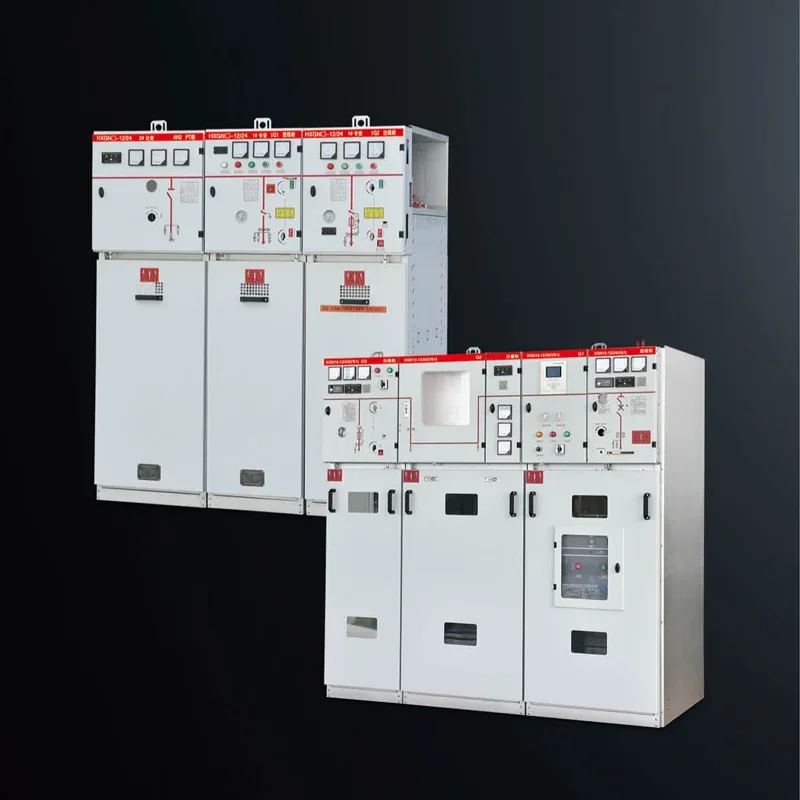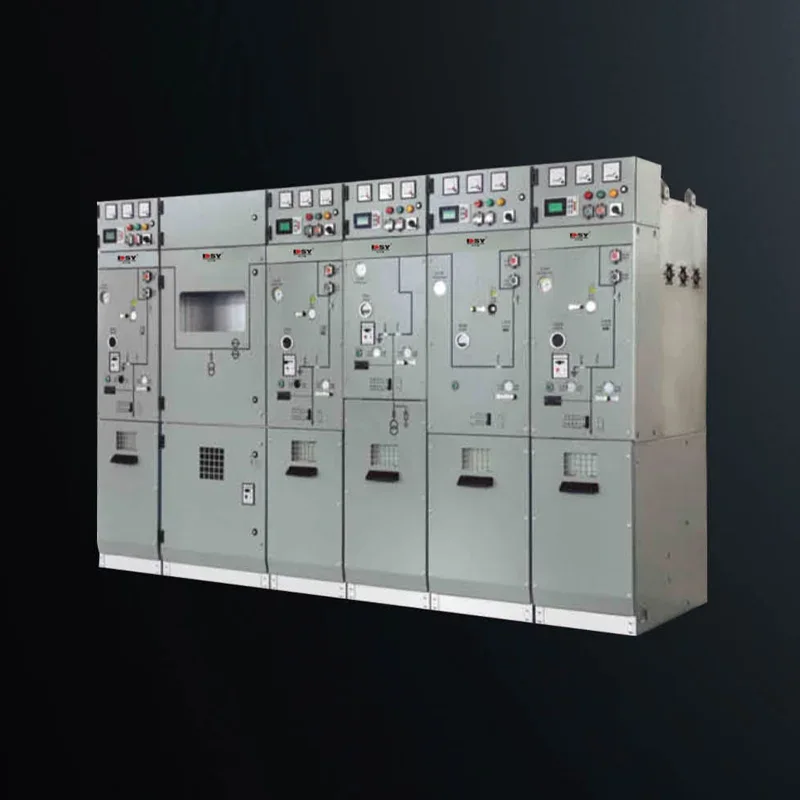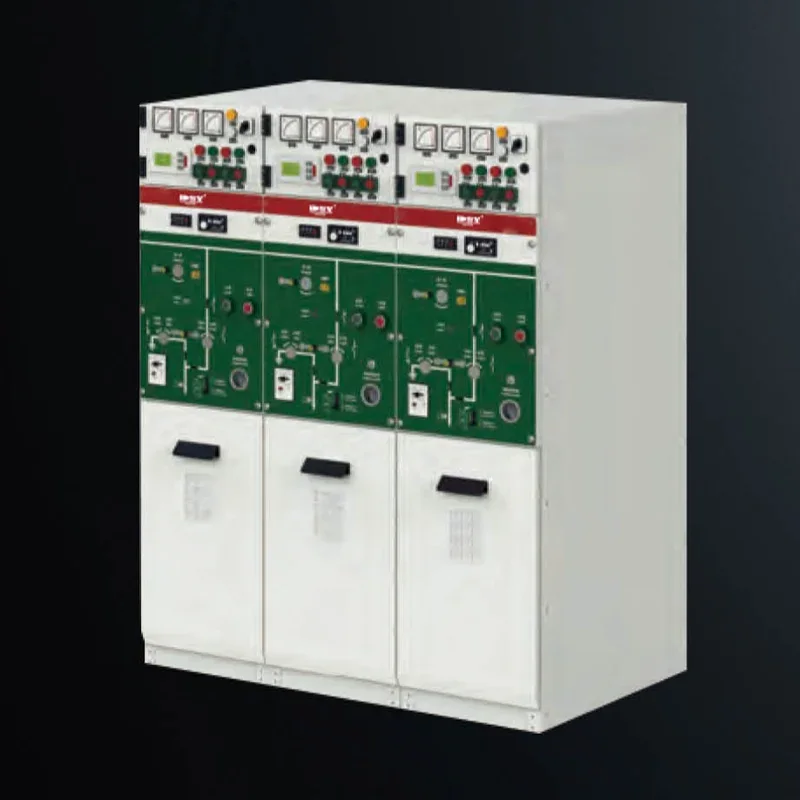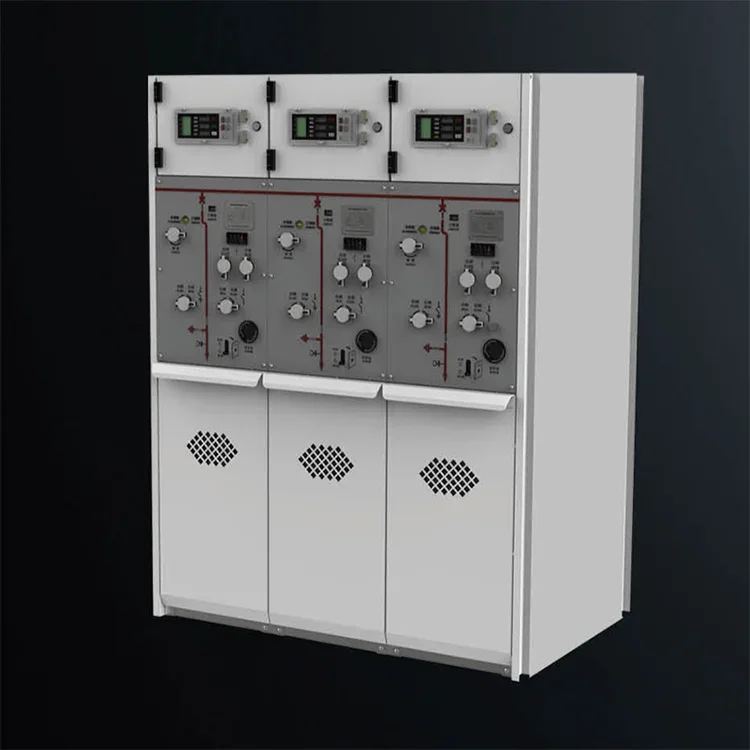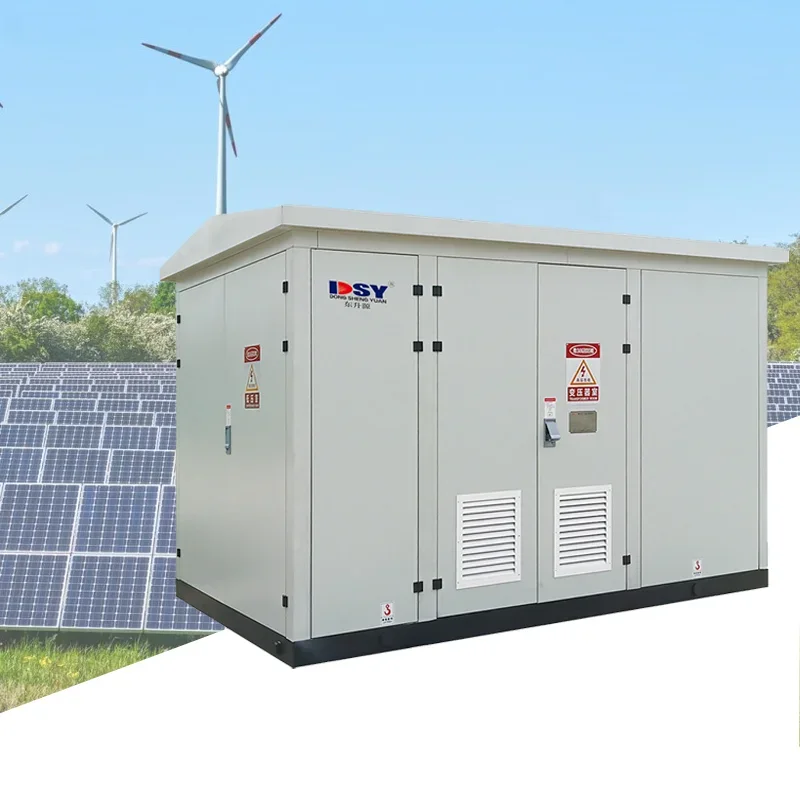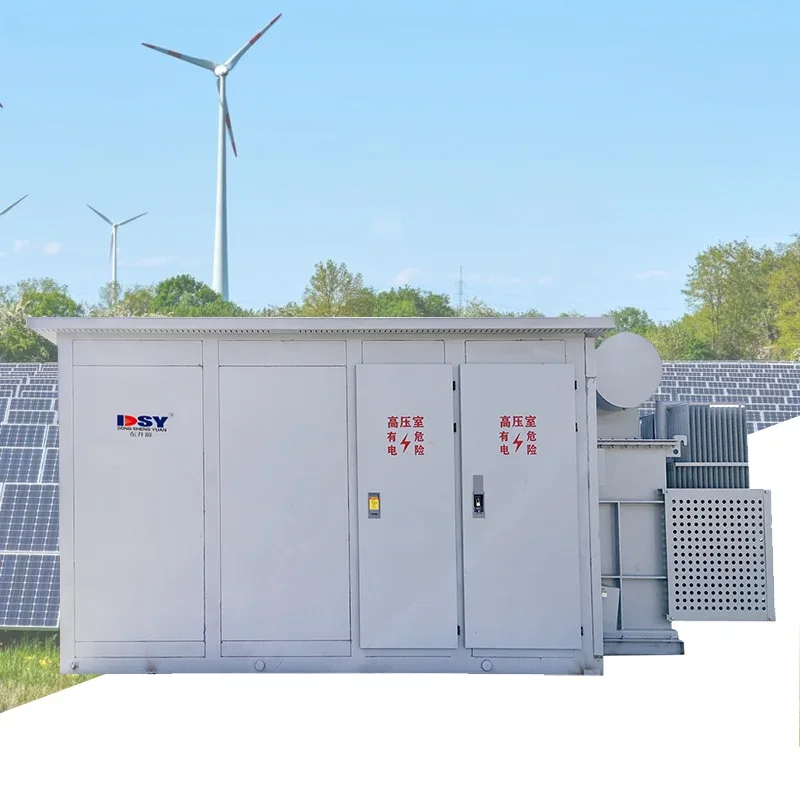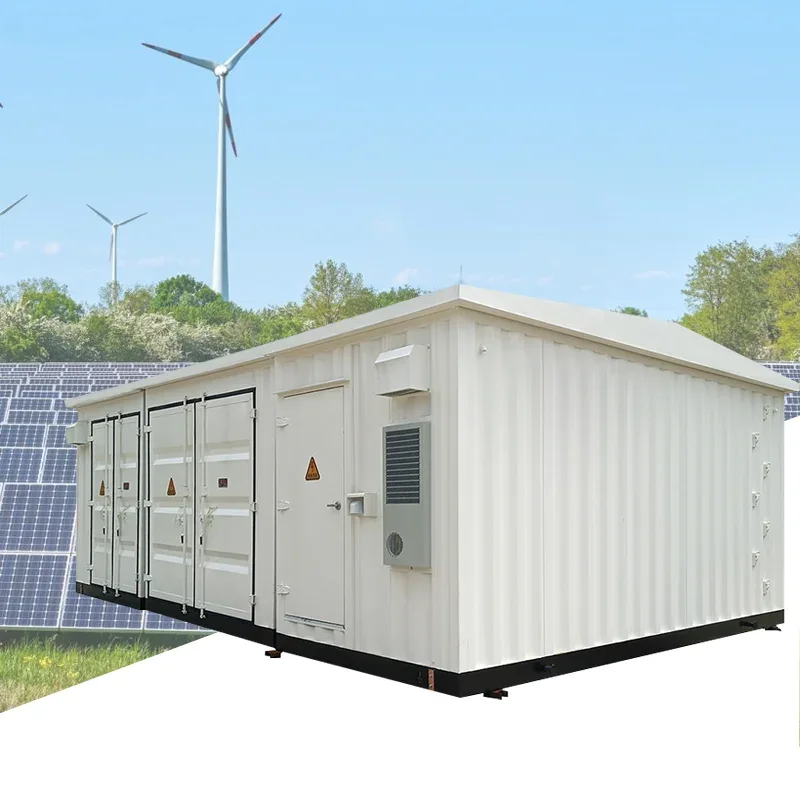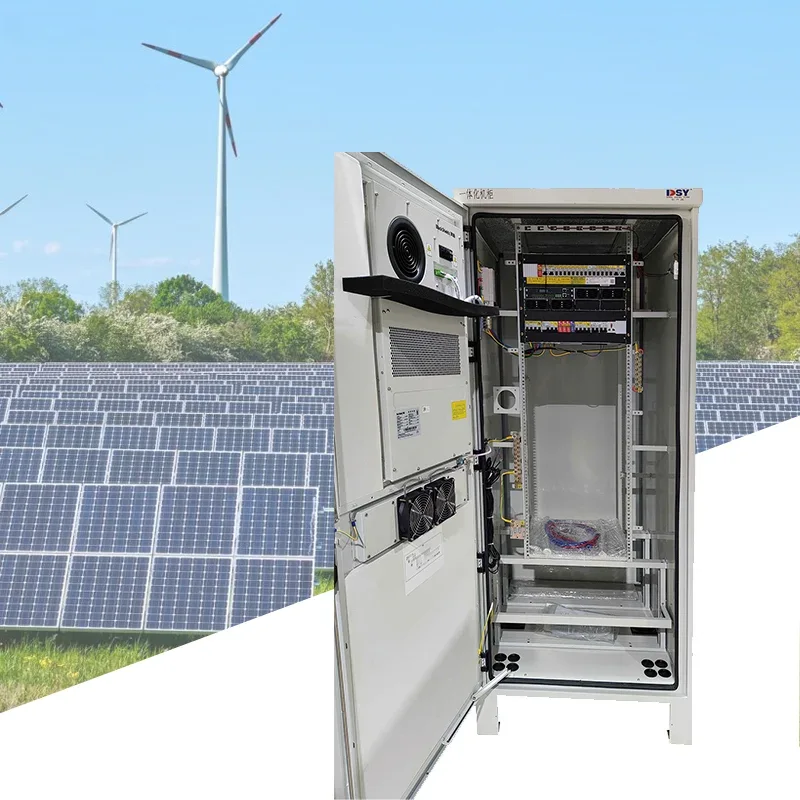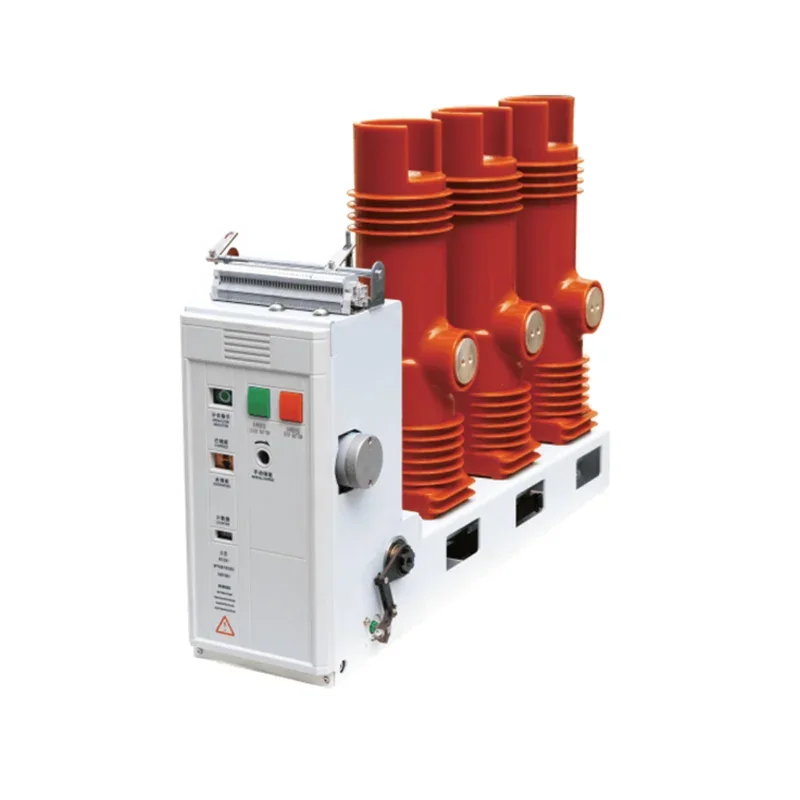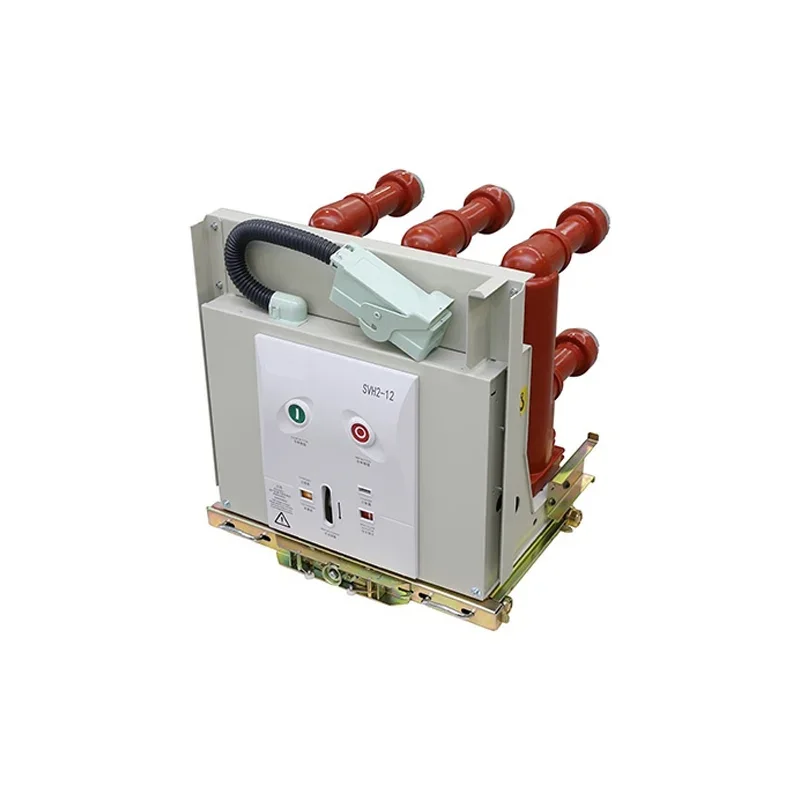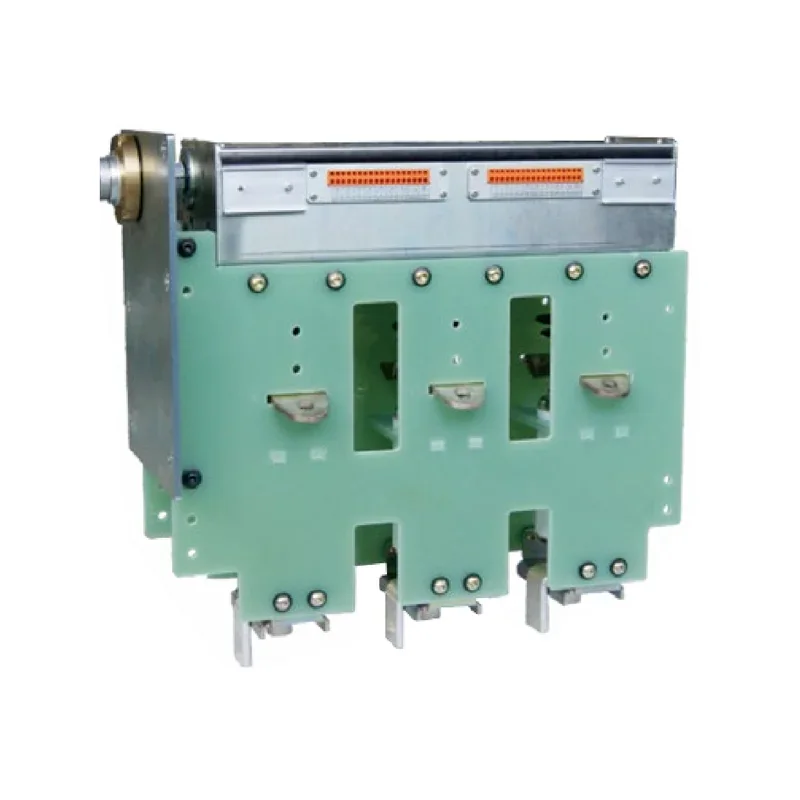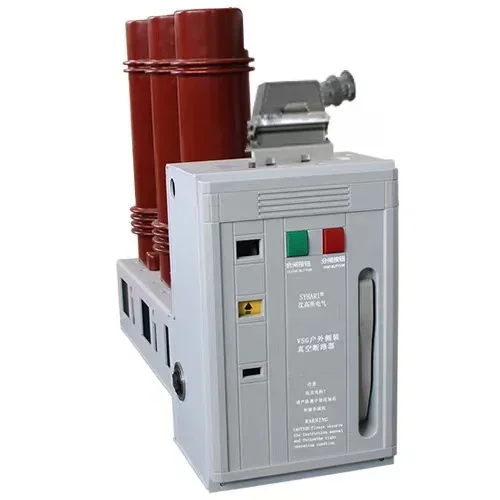Demystifying Low Voltage Switchgear: What You Need to Know
Demystifying Low Voltage Switchgear: What You Need to Know Table of Contents Introduction to Low Voltage Switchgear Understanding Low Voltage Switchgear Definition and Purpose Importance of Low Voltage Switchgear Types of Low Voltage Switchgear Modular Low Voltage Switchgear Fixed Low Voltage Switchgear
Jul 19,2025
Demystifying Low Voltage Switchgear: What You Need to Know
Table of Contents
- Introduction to Low Voltage Switchgear
- Understanding Low Voltage Switchgear
- Types of Low Voltage Switchgear
- Key Components of Low Voltage Switchgear
- Applications of Low Voltage Switchgear
- Maintaining Low Voltage Switchgear
- Emerging Trends in Low Voltage Switchgear
- Conclusion
- Frequently Asked Questions
Introduction to Low Voltage Switchgear
Low voltage switchgear plays a pivotal role in electrical distribution systems by controlling, protecting, and isolating electrical equipment. As the demand for efficient and reliable energy distribution grows, understanding low voltage switchgear becomes essential for engineers, electricians, and facility managers alike. This article aims to demystify low voltage switchgear, elucidating its types, components, applications, and maintenance practices.
Understanding Low Voltage Switchgear
Definition and Purpose
Low voltage switchgear refers to electrical devices that are designed to manage and protect electrical circuits operating at voltages below 1,000 volts. These devices facilitate the efficient distribution of electrical power and ensure the safe operation of electrical systems in commercial and industrial settings.
Importance of Low Voltage Switchgear
The significance of low voltage switchgear cannot be overstated. It ensures the safety of electrical systems by providing essential functions such as overload protection, short-circuit protection, and isolation of electrical circuits. Additionally, low voltage switchgear enhances operational efficiency by allowing for the seamless integration of various electrical components, thus minimizing downtime and optimizing performance.
Types of Low Voltage Switchgear
Low voltage switchgear comes in various configurations, each suited for specific applications and requirements. Understanding the differences between these types can help organizations choose the right solution for their needs.
Modular Low Voltage Switchgear
Modular low voltage switchgear offers flexibility in design and installation. Composed of standardized components that can be easily assembled and reconfigured, modular systems are ideal for facilities that anticipate changes in electrical load or layout. This adaptability makes modular switchgear a popular choice in dynamic environments.
Fixed Low Voltage Switchgear
Fixed low voltage switchgear is designed as a permanent solution for electrical distribution. It is typically installed in a dedicated location and is not intended to be reconfigured frequently. This type of switchgear is known for its reliability and is often used in industrial applications where electrical loads are stable.
Drawout Low Voltage Switchgear
Drawout low voltage switchgear allows for easy maintenance and testing of electrical components. With a design that enables the withdrawal of circuit breakers or other components from the main assembly, drawout switchgear simplifies troubleshooting and ensures minimal disruption to electrical service during maintenance activities.
Key Components of Low Voltage Switchgear
A low voltage switchgear system comprises several critical components that work together to ensure optimal performance and safety.
Busbars
Busbars serve as the backbone of low voltage switchgear, facilitating the distribution of electrical power among various circuits. Made of conductive materials such as copper or aluminum, busbars are designed to handle high current loads efficiently, with minimal power loss.
Circuit Breakers
Circuit breakers are essential protective devices within low voltage switchgear. They automatically interrupt the electrical flow in the event of a fault, such as an overload or short circuit, thereby preventing damage to equipment and ensuring safety for personnel.
Protective Relays
Protective relays monitor electrical systems and provide critical data for fault detection and isolation. These devices enhance the reliability of low voltage switchgear by ensuring that faults are promptly addressed, minimizing the risk of system failure.
Applications of Low Voltage Switchgear
The versatility of low voltage switchgear allows it to be utilized across a variety of industries and applications, including:
1. **Commercial Buildings:** Ensuring reliable power distribution for lighting, HVAC, and other essential services.
2. **Industrial Facilities:** Managing power for heavy machinery and production lines.
3. **Renewable Energy Systems:** Integrating solar panels and wind turbines into the electrical grid.
4. **Data Centers:** Providing uninterrupted power supply to critical IT infrastructure.
5. **Healthcare Facilities:** Ensuring consistent power for life-saving medical equipment.
Maintaining Low Voltage Switchgear
Routine maintenance is crucial for the longevity and efficiency of low voltage switchgear. Implementing a comprehensive maintenance program can help identify potential issues before they escalate into significant problems.
1. **Regular Inspections:** Conduct visual inspections for signs of wear, damage, or overheating.
2. **Cleaning:** Ensure that components are free from dust and debris, which can cause overheating or electrical arcing.
3. **Testing:** Periodically test circuit breakers and protective relays to verify proper functioning.
4. **Thermal Imaging:** Utilize thermal imaging technology to identify hotspots that may indicate potential failure points.
Emerging Trends in Low Voltage Switchgear
As technology advances, several trends are shaping the future of low voltage switchgear:
1. **Smart Technology Integration:** The adoption of IoT-enabled devices allows for real-time monitoring and control of electrical systems, enhancing reliability and operational efficiency.
2. **Sustainable Solutions:** The push for greener technologies is leading to the development of energy-efficient switchgear that reduces environmental impact.
3. **Modularity and Customization:** The demand for modular designs that can be tailored to specific applications is on the rise, providing greater flexibility for end-users.
Conclusion
In summary, low voltage switchgear is a critical component in modern electrical systems, providing essential functions such as distribution, protection, and isolation. By understanding its types, components, applications, and maintenance practices, professionals can optimize their use of low voltage switchgear to enhance safety and efficiency within their organizations. As technology continues to evolve, staying informed about emerging trends will be vital in ensuring that electrical systems remain reliable and effective.
Frequently Asked Questions
What is low voltage switchgear?
Low voltage switchgear refers to electrical devices that manage and protect circuits operating at voltages below 1,000 volts.
What are the types of low voltage switchgear?
The main types include modular, fixed, and drawout low voltage switchgear, each suited for different applications.
Why is maintenance important for low voltage switchgear?
Regular maintenance helps prevent failures, ensures safety, and prolongs the lifespan of the switchgear.
What components are found in low voltage switchgear?
Key components include busbars, circuit breakers, and protective relays.
Where is low voltage switchgear commonly used?
Low voltage switchgear is used in commercial buildings, industrial facilities, renewable energy systems, data centers, and healthcare facilities, among others.
This comprehensive exploration of low voltage switchgear aims to inform and equip readers with the necessary knowledge to utilize and maintain these fundamental electrical systems effectively.
Related News
From June 5th to 8th, 2025, Shenzhen Dongshengyuan Electrical Equipment Co., Ltd. (hereinafter referred to as "Dongshengyuan Electric") participated in the Southeast Asia Electricity and Energy Exhibition (SEAPAE) held in Jakarta, Indonesia. During the exhibition, the company highlighted its three core product lines: high-voltage and low-voltage distribution switchgear, intelligent circuit breakers, and environmentally friendly load switches. These products are designed to provide targeted solutions for the high temperature and high humidity environments commonly found in Southeast Asia, as well as the growing demand for new energy access. They have successfully attracted over 200 industry customers for business negotiations.
The difference between circuit breakers and vacuum circuit breakers
Circuit breaker is an abbreviation for pole type circuit breaker. Circuit breakers are also vacuum circuit breakers

